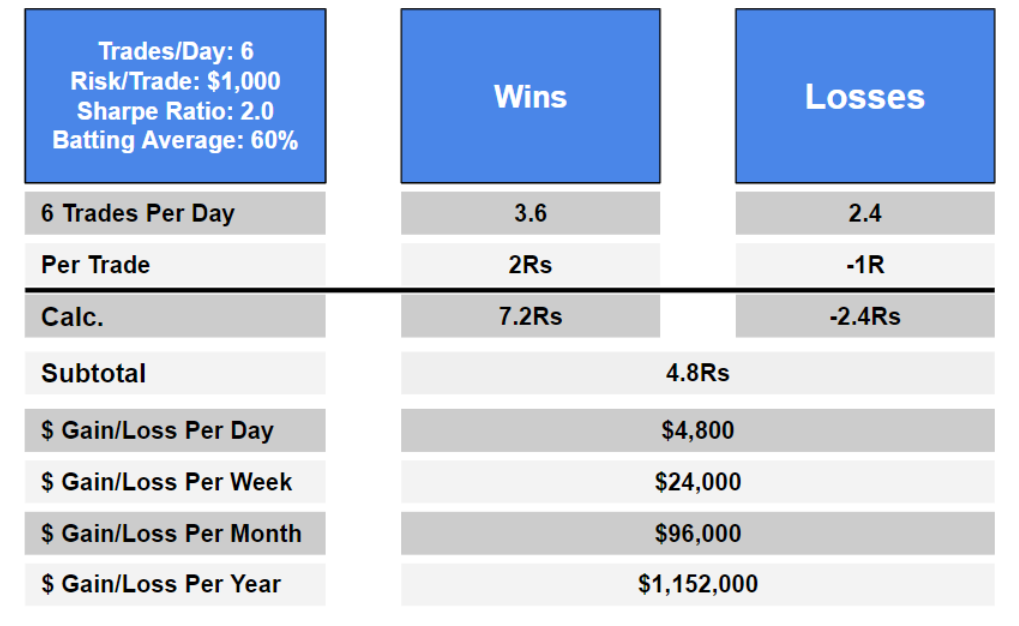
Investing in low duration bond funds can be a good way to take advantage of low interest rate environments. These funds are generally designed to reduce volatility, which in turn lowers bond prices. They also have lower interest risk than many money market funds. These funds invest in debt instruments with a maturity of six to 12 months. They also provide a steady stream of income. These investments are suitable for those who are less concerned about risk, particularly retirees.
Many investors now use duration to assess the risk of their portfolios' interest rates. While duration is an important term in fixed income investing. However, some fund managers believe that too much emphasis on the length of time can lead to investors feeling unsafe. There are other important factors to consider, in addition to duration. For example, some bond funds may have short maturities, meaning that they will lose value significantly when interest rates rise. If interest rates were to rise two points, a bond with a tenure of eight years will lose 16 percent of their value. However, if the same bond had a duration of one year, the interest rate risk would be far less.

Duration is a measure to your sensitivity for interest rate changes. Some fund mangers are trying to decrease this sensitivity by using derivatives, or buying bonds with shorter maturities. Some funds have started placing duration limits in their prospectuses. Others have renamed their funds to emphasize the duration.
Pimco (a US-based bond firm) has added two low term funds to its range of offshore funds. One is the Pimco Low Duration Global Investment Grade Credit fund, which is run by Mark Kiesel. Mihir Worah oversees the Pimco GIS Glow Duration Real Return fund. Both funds invest in a mixture of corporate and government bonds. Since inception, they have achieved roughly equal NAV performance. But, their gap has narrowed each year.
The BLW is a good choice for investors who are concerned over rising interest rates. The fund is particularly appealing to retirees because of its strong distribution yield. It has outperformed most bond indexes in the past year, and it has outperformed the S&P 500 over the past five years. Due to its low credit quality, the fund's holdings can underperform in downturns.
BLW can have a low duration, which reduces interest rate fluctuations. A bond with an eight-year duration would see a 16 percent drop in value if the rate rises one point. A bond with a maturity of one year would lose just two percent. Low credit quality and maturity dates can help reduce interest rate exposure.

Many bond fund investors are concerned about the effect of rising rates on their long-term bonds' prices. After the RBI reduced key policy repo rates in April, the yield on a 10-year Gsec has increased significantly. But, it is still quite a way from zero. Investors should monitor the markets for any signs of edginess.
FAQ
What is the difference in marketable and non-marketable securities
The differences between non-marketable and marketable securities include lower liquidity, trading volumes, higher transaction costs, and lower trading volume. Marketable securities are traded on exchanges, and have higher liquidity and trading volumes. Marketable securities also have better price discovery because they can trade at any time. But, this is not the only exception. For example, some mutual funds are only open to institutional investors and therefore do not trade on public markets.
Non-marketable securities can be more risky that marketable securities. They are generally lower yielding and require higher initial capital deposits. Marketable securities can be more secure and simpler to deal with than those that are not marketable.
A large corporation bond has a greater chance of being paid back than a smaller bond. The reason is that the former will likely have a strong financial position, while the latter may not.
Marketable securities are preferred by investment companies because they offer higher portfolio returns.
How do you invest in the stock exchange?
Brokers can help you sell or buy securities. A broker buys or sells securities for you. When you trade securities, you pay brokerage commissions.
Brokers often charge higher fees than banks. Banks are often able to offer better rates as they don't make a profit selling securities.
An account must be opened with a broker or bank if you plan to invest in stock.
Brokers will let you know how much it costs for you to sell or buy securities. This fee is based upon the size of each transaction.
Ask your broker about:
-
the minimum amount that you must deposit to start trading
-
What additional fees might apply if your position is closed before expiration?
-
What happens if your loss exceeds $5,000 in one day?
-
How many days can you maintain positions without paying taxes
-
How you can borrow against a portfolio
-
How you can transfer funds from one account to another
-
how long it takes to settle transactions
-
The best way buy or sell securities
-
How to Avoid fraud
-
how to get help if you need it
-
Can you stop trading at any point?
-
Whether you are required to report trades the government
-
Reports that you must file with the SEC
-
whether you must keep records of your transactions
-
What requirements are there to register with SEC
-
What is registration?
-
How does it affect you?
-
Who is required to be registered
-
What time do I need register?
Can you trade on the stock-market?
Everyone. However, not everyone is equal in this world. Some people are more skilled and knowledgeable than others. They should be recognized for their efforts.
However, there are other factors that can determine whether or not a person succeeds in trading stocks. If you don’t have the ability to read financial reports, it will be difficult to make decisions.
So you need to learn how to read these reports. It is important to understand the meaning of each number. It is important to be able correctly interpret numbers.
Doing this will help you spot patterns and trends in the data. This will allow you to decide when to sell or buy shares.
If you are lucky enough, you may even be able to make a lot of money doing this.
How does the stock markets work?
A share of stock is a purchase of ownership rights. Shareholders have certain rights in the company. He/she may vote on major policies or resolutions. He/she can seek compensation for the damages caused by company. The employee can also sue the company if the contract is not respected.
A company can't issue more shares than the total assets and liabilities it has. This is called capital sufficiency.
Companies with high capital adequacy rates are considered safe. Low ratios can be risky investments.
What role does the Securities and Exchange Commission play?
SEC regulates securities brokers, investment companies and securities exchanges. It also enforces federal securities law.
Statistics
- Individuals with very limited financial experience are either terrified by horror stories of average investors losing 50% of their portfolio value or are beguiled by "hot tips" that bear the promise of huge rewards but seldom pay off. (investopedia.com)
- For instance, an individual or entity that owns 100,000 shares of a company with one million outstanding shares would have a 10% ownership stake. (investopedia.com)
- "If all of your money's in one stock, you could potentially lose 50% of it overnight," Moore says. (nerdwallet.com)
- Ratchet down that 10% if you don't yet have a healthy emergency fund and 10% to 15% of your income funneled into a retirement savings account. (nerdwallet.com)
External Links
How To
How to Trade Stock Markets
Stock trading is the process of buying or selling stocks, bonds and commodities, as well derivatives. Trading is French for traiteur, which means that someone buys and then sells. Traders purchase and sell securities in order make money from the difference between what is paid and what they get. It is one of oldest forms of financial investing.
There are many methods to invest in stock markets. There are three types that you can invest in the stock market: active, passive, or hybrid. Passive investors watch their investments grow, while actively traded investors look for winning companies to make a profit. Hybrid investors take a mix of both these approaches.
Index funds track broad indices, such as S&P 500 or Dow Jones Industrial Average. Passive investment is achieved through index funds. This type of investing is very popular as it allows you the opportunity to reap the benefits and not have to worry about the risks. You can simply relax and let the investments work for yourself.
Active investing involves picking specific companies and analyzing their performance. The factors that active investors consider include earnings growth, return of equity, debt ratios and P/E ratios, cash flow, book values, dividend payout, management, share price history, and more. They decide whether or not they want to invest in shares of the company. If they feel that the company's value is low, they will buy shares hoping that it goes up. They will wait for the price of the stock to fall if they believe the company has too much value.
Hybrid investing blends elements of both active and passive investing. A fund may track many stocks. However, you may also choose to invest in several companies. In this case, you would put part of your portfolio into a passively managed fund and another part into a collection of actively managed funds.